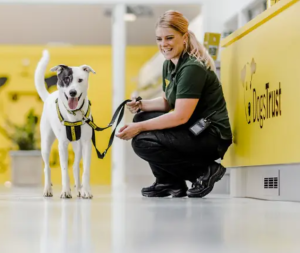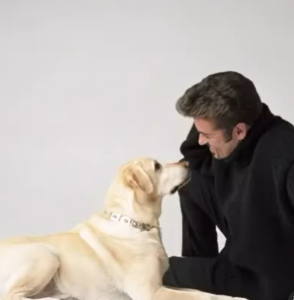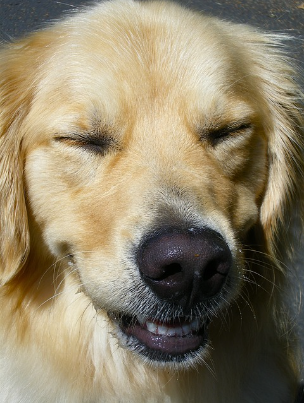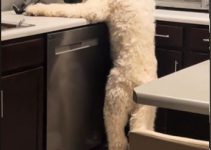
What Is Desensitization?
Desensitization is a type of behavior modification therapy that is used to help dogs overcome their fears. It involves gradually exposing the dog to the object or noise they are afraid of while rewarding them for staying calm and relaxed.
Why do dogs become afraid of inanimate objects or noises?
There are many reasons why a dog might become afraid of an inanimate object or noise. They could have had a negative experience with it, such as being startled by a loud noise or being chased by a vacuum cleaner. It could also be that they are sensitive and more easily scared than other dogs.
How to desensitize a dog to inanimate objects or noises
The first step in desensitizing a dog is identifying the thing or noise they are afraid of. Once you know what it is, you can develop a desensitization plan.
Here are some tips for desensitizing a dog to inanimate objects or noises:
Start slowly and gradually increase the exposure
Don’t try to force your dog to face their fear head-on. Start by exposing them to the object or noise at a distance or a low volume. You can gradually bring the things closer or increase the book as they become more comfortable.
Pair the object or noise with something positive
This could be a treat, a toy, or some praise. When your dog sees or hears an object or noise, immediately give them something they enjoy. This will help them to associate the object or noise with positive things.
Be patient and consistent
Desensitization takes time and patience. Keep going even if your dog shows improvement immediately. Just keep practicing; eventually, they will become less afraid of the object or noise.

Specific examples of how to desensitize a dog to common fears
Fear of vacuums:
- Start by placing the vacuum cleaner in a room where your dog is comfortable.
- Turn the vacuum cleaner off and give your dog a treat or some praise.
- Repeat this several times until your dog is no longer bothered by the presence of the vacuum cleaner.
- Once your dog is comfortable with the vacuum cleaner being present, please turn it on to the lowest setting and give your dog a treat or some praise.
- Gradually increase the setting of the vacuum cleaner as your dog becomes more comfortable.
- If your dog starts showing signs of fear, such as barking, hiding, or cowering, stop the vacuum cleaner and return to the previous step.
Fear of balloons:
- Start by placing a balloon in a room where your dog is comfortable and let it deflate.
- Give your dog a treat or some praise for staying calm.
- Repeat this several times until your dog is no longer bothered by the presence of the deflated balloon.
- Once your dog is comfortable with the deflated balloon, slowly inflate it.
- Give your dog a treat or some praise for staying calm.
- Gradually increase the size of the balloon as your dog becomes more comfortable.
- If your dog shows signs of fear, stop inflating the balloon and return to the previous step.
Fear of thunder:
- If your dog is afraid of thunder, starting desensitization training before the next thunderstorm season is essential.
- Start by playing a recording of thunder at a low volume while your dog is in a comfortable room.
- Give your dog a treat or some praise for staying calm.
- Gradually increase the importance of the recording as your dog becomes more comfortable.
- You can also pair the recording of thunder with a positive activity, such as playing fetch or giving your dog a massage.
- If your dog shows signs of fear, stop the recording and return to the previous step.
Tips for Success
Here are some additional tips for success when desensitizing your dog to inanimate objects or noises:
- Get your dog’s attention. Before exposing your dog to the object or noise they are afraid of, make sure that they are paying attention to you. This will help them focus on you and the reward they are about to receive.
- Use high-value rewards. When desensitizing your dog, it’s essential to use tips they are motivated by. This could be their favorite treat, a special toy, or extra attention.
- Be patient and consistent. Desensitization takes time and patience. Keep going even if your dog shows improvement immediately. Just keep practicing; eventually, they will become less afraid of the object or noise.
- Consider working with a professional. If you are having trouble desensitizing your dog on your own


